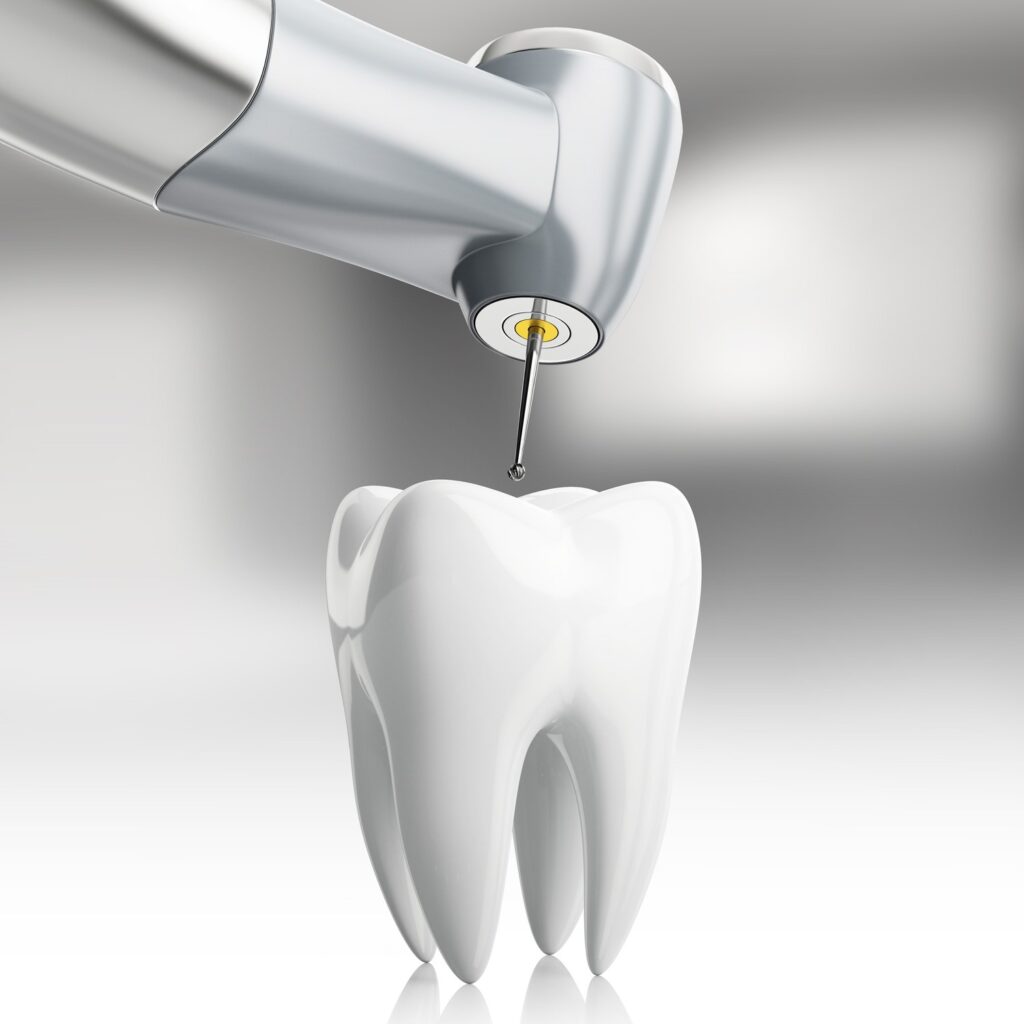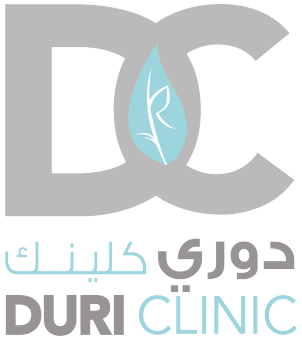Endodontics
Root Canal Treatment
Your Endodontist Told You That You Need Root Canal!!!
If so, you’re not alone. Millions of teeth are treated and saved each year with the root canal, or endodontic, treatment Duri Dental Clinic Will explains to You Root canal treatment in detail and how it can relieve your tooth pain and save your smile.

Symptoms Warn you That You May Need Root Canal Treatment:
- Endodontic treatment is necessary when the pulp, the soft tissue inside the root canal, becomes inflamed or infected
- The inflammation or infection can have a variety of causes: deep decay repeated dental procedures on the tooth or a crack or chip in the tooth, an injury to a tooth may cause pulp damage even if the tooth has no visible chips or cracks.
- If pulp inflammation or infection is left untreated, it can cause pain or lead to an abscess.
Sign And Symptoms
Here are a few symptoms that mean you might need a root canal.
- Severe pain while chewing or biting.
- Pimples on the gums.
- A chipped or cracked tooth.
- Lingering sensitivity to hot or cold, even after the sensation has been removed.
- Swollen or tender gums.
- Deep decay or darkening of the tooth.
Duri Clinic Medical Centre Is Your First Choice
- Manual Less Treatment
- Single-visit in most of the situations
- Proper plan and diagnosis for your condition
- Doing our best to preserve your natural tooth
- Reducing time means reducing stress on you without compromising the quality
Don’t Lose Tooth; It’s Precious As A Diamond, Save It
- Endodontic treatment treats the inside of the tooth
- Root canal treatment is one type of endodontic treatment
- Inside the tooth, under the white enamel and a hard layer called the dentin, is a soft tissue called the pulp
- Pulp chamber contains blood vessels, nerves, and connective tissue and creates the surrounding hard tissues of the tooth during the development
- The pulp extends from the crown of the tooth to the tip of the roots where it connects to the tissues surrounding the root
- Vital pulp is important during a tooth’s growth and development however, once a tooth is fully mature it can survive without the pulp because the tooth continues to be nourished by the tissues surrounding it





